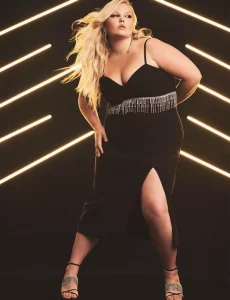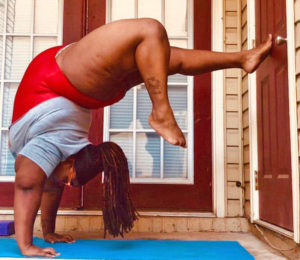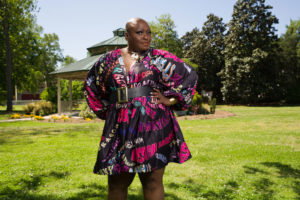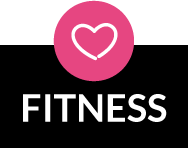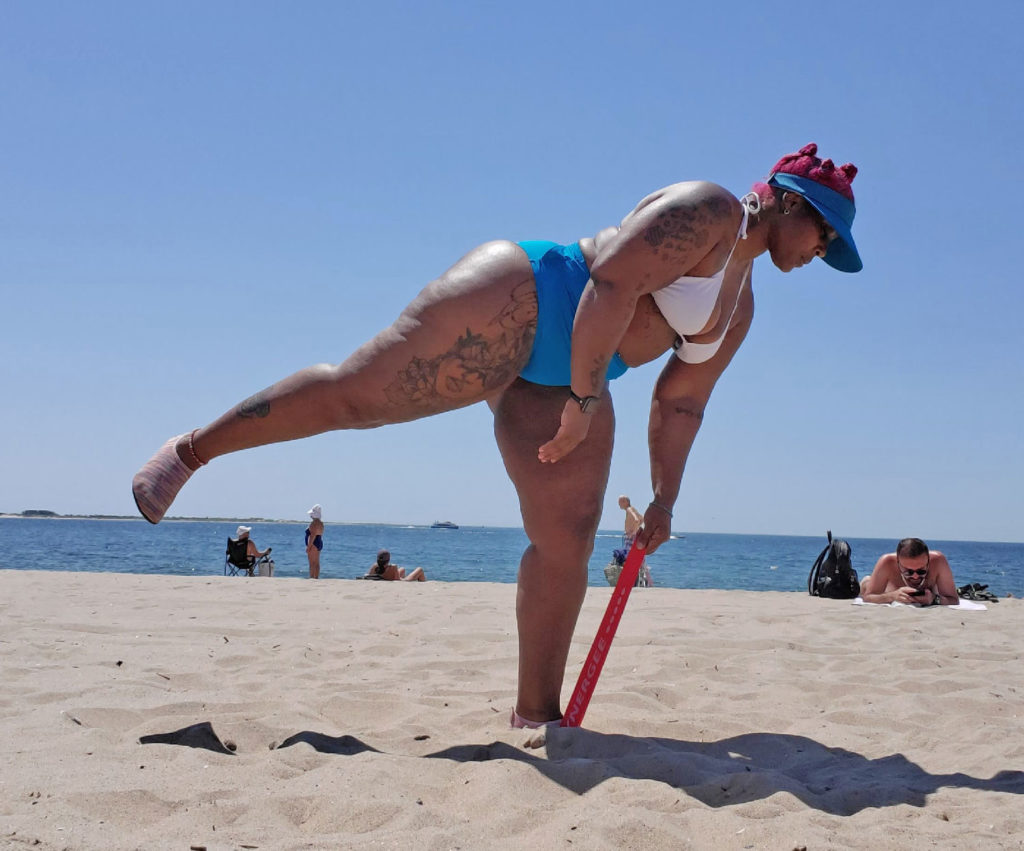Fitness injuries are no fun. Not only do they hurt, they disrupt the stress-relieving routine many of us swear by. Being sidelined equals massive stress buildup without that familiar release. This can be more painful than the injury itself.
So how can you avoid workout injuries? Check out these five reminders.
Listen To Your Body
Your body knows what it can handle. But sometimes, we forget this concept and push ourselves more than we should. (I know I’m guilty of this one. How about you?)
The key here is to listen to your body. “If something doesn’t feel good, stop,” says Kari Ott, a group fitness instructor who also has a masters degree in public health.
It’s easy to get into the habit of moving through pain, but this isn’t always the best approach to a healthy workout routine. “We have to get away from the mentality of no pain no gain,” says Ott. “If you have pain while you’re doing something, then you should stop.”
Create a Balanced Fitness Routine
Balance is so important when it comes to body-positive fitness routines. I injured my knee last summer during one of my high intensity interval training (HIIT) workouts. The reason? I didn’t change it up enough. I was doing the same types of workouts five days a week.
My mistake is more common than you would think. “You can’t do all of one thing all at one time,” says Ott. “If you look at workouts like CrossFit, you have a day of stretching and one day of gymnastics … more body weight exercises vs. the straight heavy lifting type of thing. That’s why they say they’re the fittest people in the world … because they cross-train.”
Ott says a five-day routine is optimal. “A good rule of thumb is, if you’re going to do five days of exercise, do three days of weight-bearing exercise, one day of exercise that’s less pressure on your joints (like swimming or cycling), and one day that’s mind/body (like yoga, tai chi or pilates).”
Watch Your Technique
When we get into a routine, we can compromise technique to perform moves faster, or to take our workout to the next level. In the meantime, form may take a hit.
“Injuries can happen at any moment, any time you get out of balance or your technique is suffering,” says Ott. “As an instructor, I’ve been injured in a class. That’s why I tell people to get technique down before they add weight to their bars.”
To counter this risk, Ott has a rule. “Technique comes first, and strength always comes second,” she says. If you follow this rule of thumb, you’ll greatly reduce your chances of injury.
Don’t Be Afraid to Question Trendy Workouts
We’ve all found that latest and greatest class or fitness video we love. But is what it’s teaching really what’s best for your body? Sometimes, the answer is no.
“Avoid trendy workouts that come and go if you don’t know enough about them,” says Ott. “Look at what this workout is really doing. Just because it’s trendy doesn’t mean it’s good for you.”
To do this, think about how the routine will affect your body in the long run. “Question what you’re doing and why you’re doing it,” she says. “I look at some of the trends in cycling that have weights with it and ask: ‘What’s the purpose behind that?’ You wouldn’t lift weights if you were cycling in a natural environment.”
She says a good way to question trendy workouts is to think about which moves have withstood the test of time. “A lot of the trendy workouts are marketed as a one-size-fits-all type of thing, and they’re not,” she says. “Things like lunges, pushups, sit-ups and air squats … Those exercises have stood the test of time.”
Consider Getting a Trainer to Learn Tougher Moves
There’s no shame in consulting with a professional. After all, it’s better to be safe than sorry. If you’re looking to up-the-ante in your workout, meeting with a trainer at least once can be a good thing. I did this when I was struggling with squats, and it made a world of difference in my form.
And, if meeting with a trainer isn’t something that interests you, consider group fit classes. There are some amazing options, like Les Mills BODYPUMP®. Not only can a group fit instructor help you with form, training in a social environment is fun. I’ve met some of my fave workout buddies in group fit classes.
What’s your favorite workout? Tell us here.




